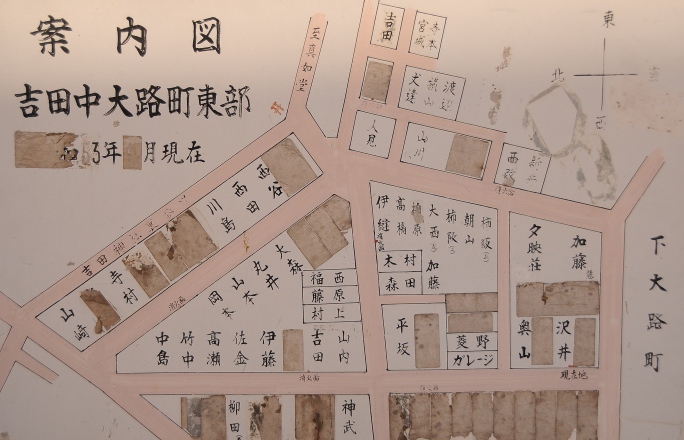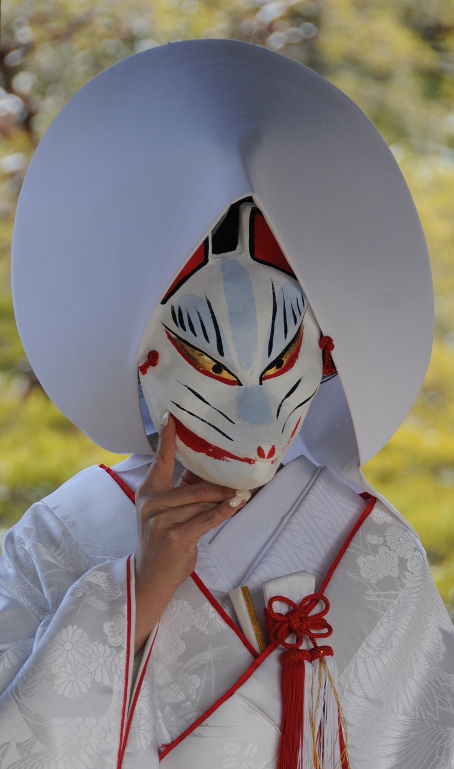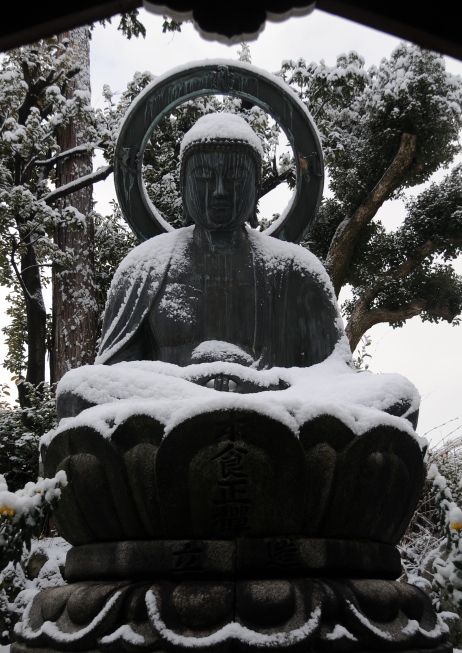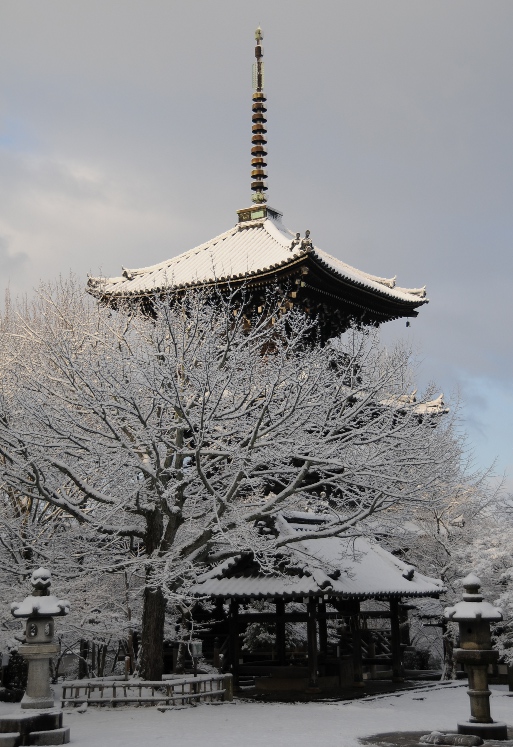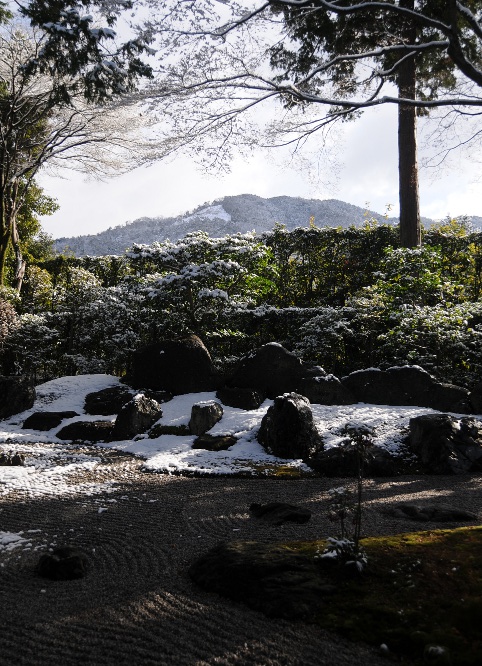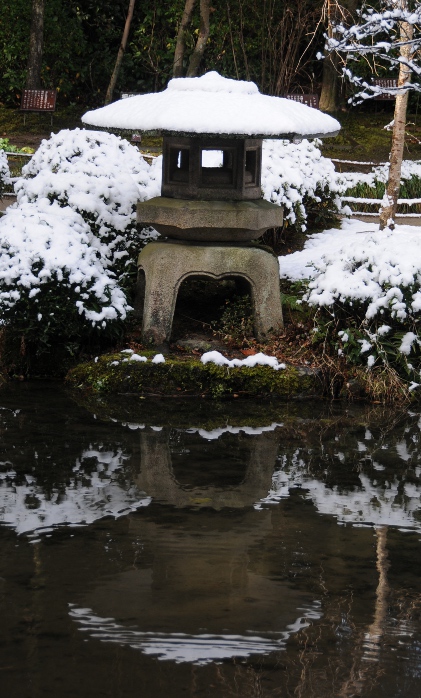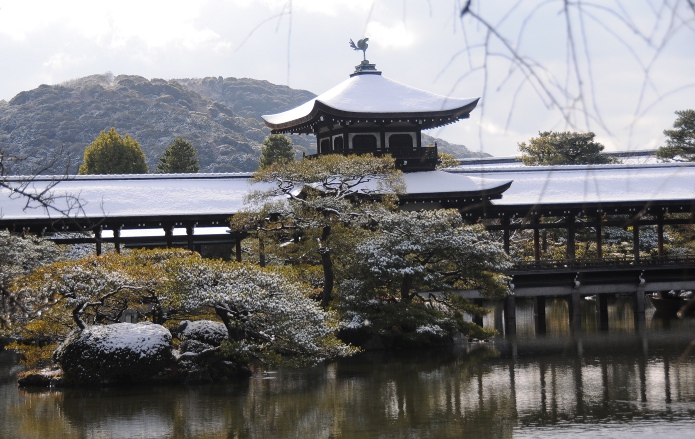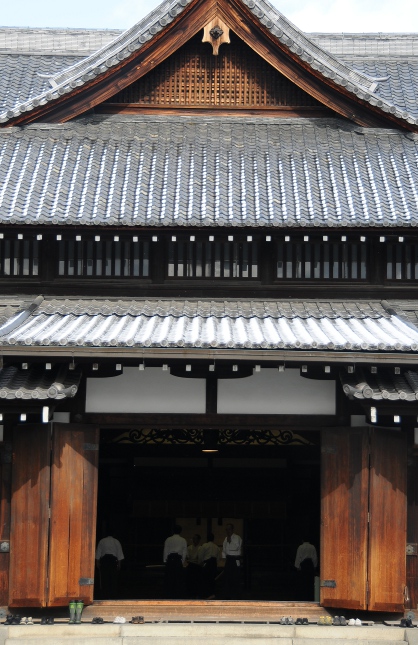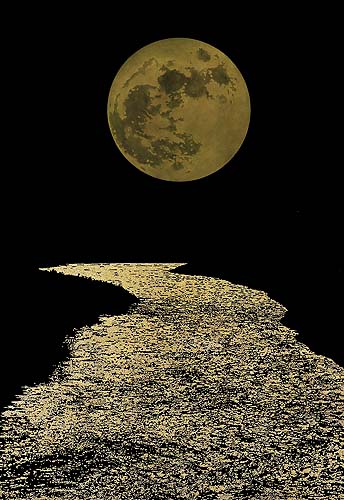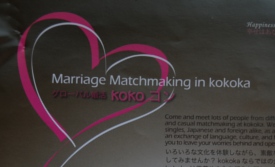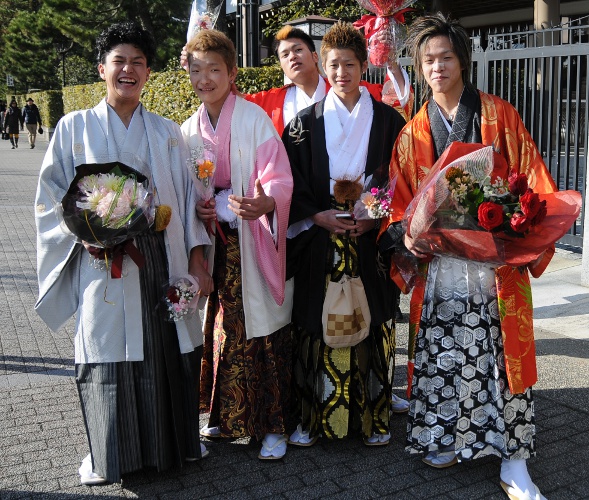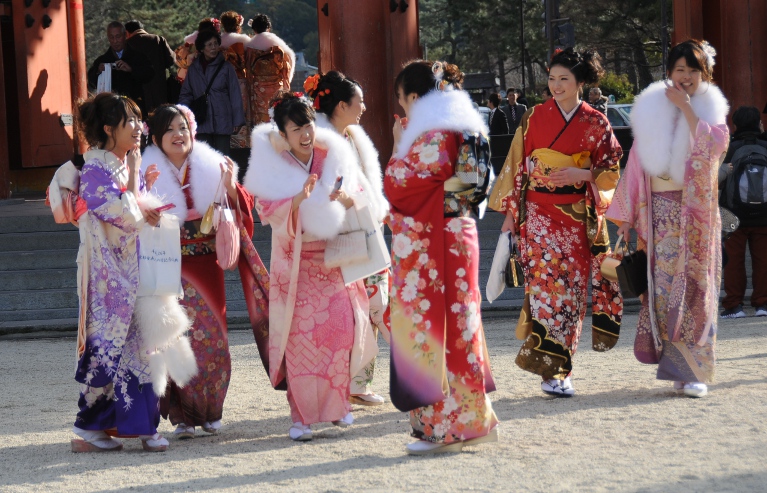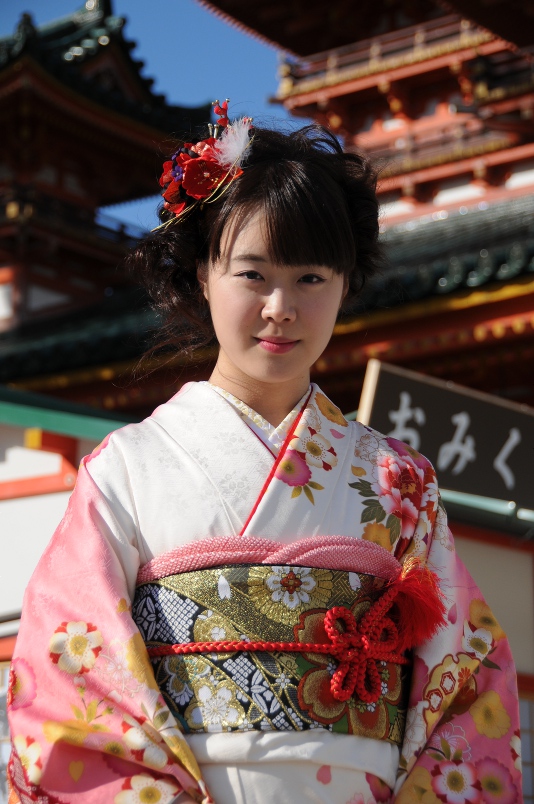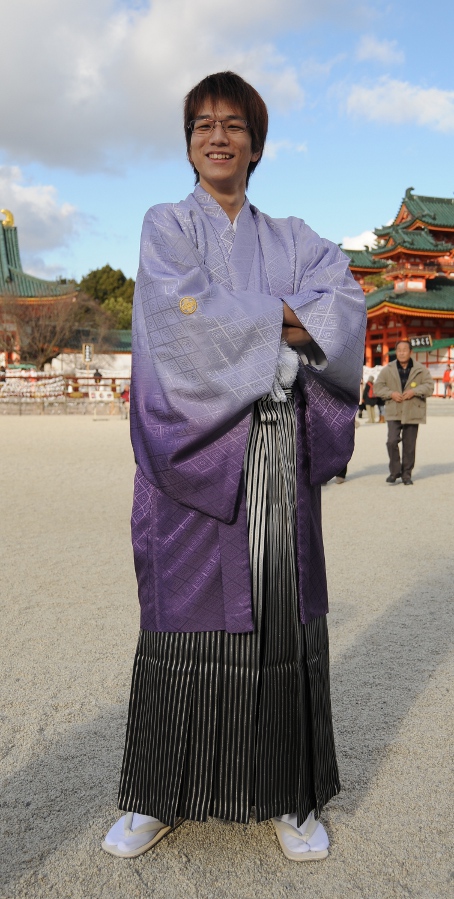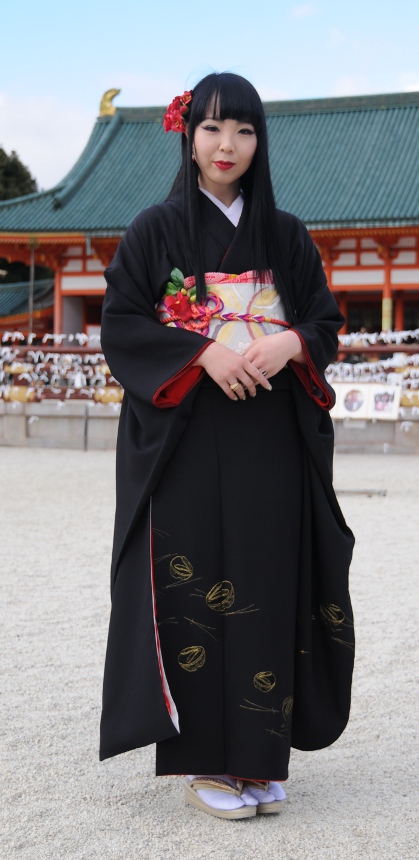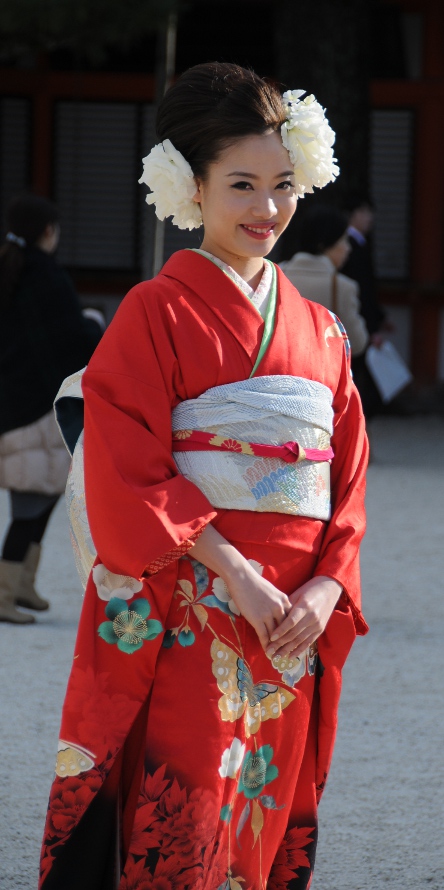The Thousand Autumns of Jacob de Zoet
David Mitchell
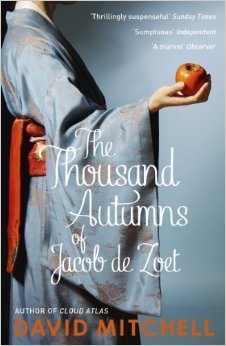 Jacob de Zoet arrives at Dejima with Unico Vorstenbosch, who has vowed to rid the island of the ever present corruption and embezzlement. And Jacob is the right aide for this; the clerk, finicky, compliant, and honest to a fault beholds a rosy future. Of course, his incorruptability makes him some enemies fromt he start, but among his trusted friends are translator Ogawa and Dejima’s doctor, Marinus. And when Jacob becomes infatuated with one of Marinus’s students, Aibagawa Orito, and seriously considers marrying her, it seems that he is on top of everything.
Jacob de Zoet arrives at Dejima with Unico Vorstenbosch, who has vowed to rid the island of the ever present corruption and embezzlement. And Jacob is the right aide for this; the clerk, finicky, compliant, and honest to a fault beholds a rosy future. Of course, his incorruptability makes him some enemies fromt he start, but among his trusted friends are translator Ogawa and Dejima’s doctor, Marinus. And when Jacob becomes infatuated with one of Marinus’s students, Aibagawa Orito, and seriously considers marrying her, it seems that he is on top of everything.
However, his nice life is falling to pieces when Vorstenbosch is about to leave Dejima and in an interesting turn of events is revealed as the greatest crook of them all. On refusing to cover up his crimes, Jacob’s promotion is revoked and he is forced to fend for himself. Rock bottom is hit, when Orito – upon the death of her father – is forced to become a nun at a dubious Shinto shrine.
What is Jacob to do? Everything seems hopeless, but then, an unexpected ship anchors in the harbour…
Dejima island near Nagasaki was a treaty port of the Dutch, and for a long time provided the only way for the West to trade with Japan. The novel is set at the end of the 18th century, and it gives an apt description of the scheming and corruption that must have taken place on both sides. Some of the events in the novel are based on historic facts. Only the happenings in the Shinto shrine seem to be far fetched, but they do provide the suspense that keeps you reading.
David Mitchell was born in England and came to Japan in 1994 where he taught English in Hiroshima for eight years. He visited the Dejima museum – rather by accident – in 1994, the novel appeared in 2010 and won the 2011 Commonwealth Writers’ (regional) Prize (South Asia and Europe).
Check out the book on amazon.

